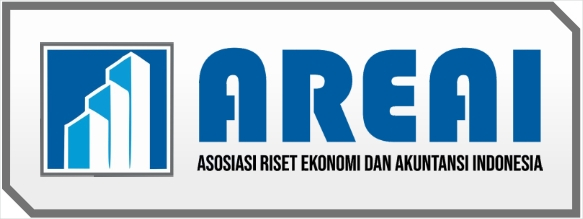HUBUNGAN KUALITAS PELAYANAN, CITRA SEKOLAH, LOYALITAS SISWA DAN KEPUTUSAN MEMILIH SEKOLAH
DOI:
https://doi.org/10.55606/jempper.v2i1.881Kata Kunci:
quality of service, school image, loyalty of students, decision of choosing schoolsAbstrak
This study aims to analyze the effect of school service quality on guardian student loyalty, to analyze the effect of school image on student guardian loyalty and to analyze the effect of guardian student loyalty on parents' decision to choose. The data analysis used in this research is Partial Least Square (PLS). Guidelines in PLS-Parth. The hypothesis in this study is that there is a positive relationship between service quality and student guardian loyalty. There is a positive relationship between school image and student guardian loyalty. There is a positive relationship between service quality and parents' decision to choose. There is a positive relationship between school image and parents' decision to choose. There is a positive relationship between student guardian loyalty and parents' decision to choose.
Referensi
Bloemer, J., Ko de Ruyter and Pascal Peeters. 2010. Investigating Drivers of Bank Loyalty: The Complex Relationship Between Images, Service Quality and Satisfaction. International Journal of Bank Marketing, pp. 276–286
Chaudhuri, A. and Holbrook, M.B. (2001) 'The chain of effects from brand trust and brand affect to brand
C. Mowen, John and Michael Minor. 2002. Consumer Behavior. Jakarta: Erlangga.
Hadi, N and Saino. 2015. Analysis of Factors Affecting Parents' Decisions in Choosing an Integrated Islamic Kindergarten Education Institution (Tk It) Nurul Fikri Sukodono Sidoarjo. Journal of Commerce Education. Vol. 3, No.3, 1-11
Ha, Y. S. (2018). Online brand community and its outcomes. Journal of Asian Finance, Economics and Business, 5 (4), 107-116.
James F. Engel (1994), understanding consumer behavior, in the book Consumer Behavior, 6th Edition: volume 1. Publisher Binarupa Aksara.
Kim, B and Lee C. 2019. Preference Attributes of Foreign Infant Education Materials: Focused on Brand, Service, Distribution. Journal of Distribution Science. Vol. 17, No.2 35-42
Kim, J. U., & Jo, J. L. (2004). A study on brand image and consumer attitude influenced on products choice focusing on cosmetics. Proceedings of the Korea Quality Management Association. Korea, 10, 10-22.
Kotler, P., 2008. Marketing Management Analysis, Planning, Implementation and Control, Volume II, ninth Edition, Translation Hendra Teguh, SE. AK and Ronny, SE. AK,. Jakarta: Penhalindo.
Kotler, P and K.L Keller, 2012, Marketing Management, 14 years. ed, Pearson Education, Inc., New Jersey.
Lee, E. J. (2011). A study on brand positioning in Korean cosmetics using multidimensional scaling. (Master dissertation, Pukyong University). Retrieved May 22, 2018 from http://libweb.pknu.ac.kr
Malik, S.A, et al. 2015. Survey on marketing tactics used to build private school image and increase parents' loyalty. International Journal Management in Education, Vol. 9, No. 2, 180-199
Rianto, Slamet and Hatmawan, Aglis Andita., (2020). Research Methods of Quantitative Assessment Researchers in Management, Engineering, Education and Experiments. Yogjakarta: CV. Main Budi
Robinson, Steward. 1999. Measuring Service Quality: Current Thinking and Future Requirements. Marketing Intelligence Planning. Vol. 17, No. 1, 21- 32.
Shahab Alam Malik Dkk., 2015. Survey on marketing tactics used to build private school image and increase parents' loyalty. Int. J. Management in Education, Vol. 9, No. 2, 2015
Shaheen Mansori, et al. 2014. Service Quality, Satisfaction and Student Loyalty in Malaysia Private Education. Asian Social Science; Vol. 10 No. 7
Sugiyono. 2009. Quantitative Research Methods. Bandung: Alfabeta
Valarie A, Zeithaml, and Bitner, Marry Jo. 2003. Services Marketing. Integrating Customer Focus Across the Firm. North America: International Edition. McGraw-HillCompanies, Ltd.
Zabala, I., Panadero, G., Gallardo, LM, Amate, CM, Sánchez-galindo, M., Tena, I. and Villalba, I. (2005) 'Corporate reputation in professional services firms: reputation management based on intellectual capital management ', Corporate Reputation Review, Vol. 8, No. 1, pp. 59–71.
















